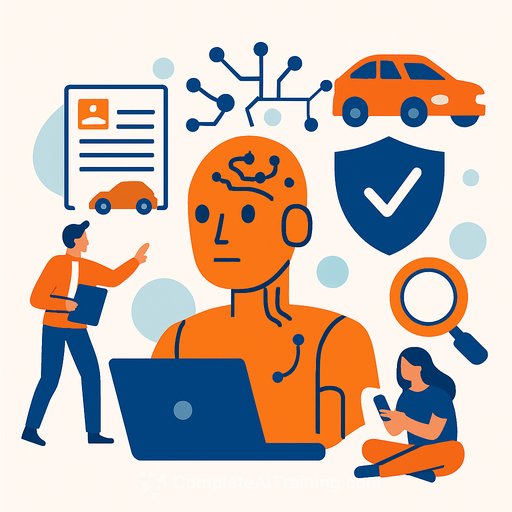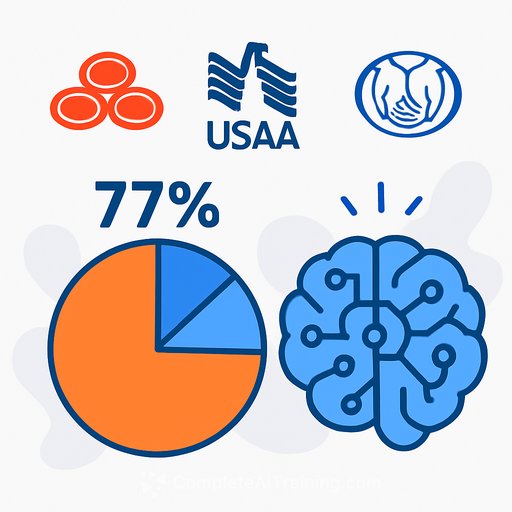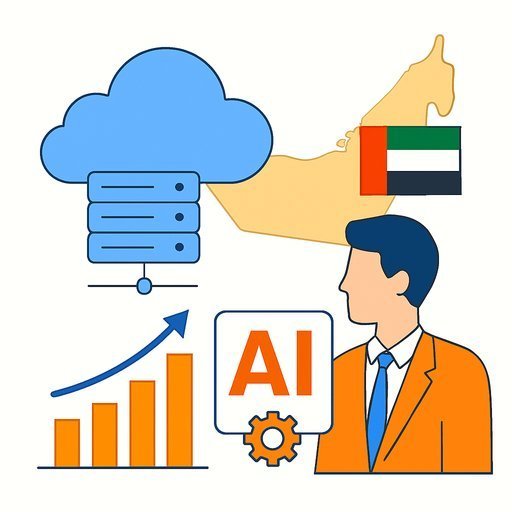AI’s Impact on Insurance Claims Processes and Procedures – Part 2
Part 1 covered how insurers use AI in areas like first notice of loss, customer communications, coverage verification, and data synthesis. Here, we focus on data’s central role, challenges with AI adoption, risks involved, and how policyholders perceive AI in claims.
It’s All About the Data
Insurance claims generate massive amounts of data. AI helps by summarizing and analyzing this information quickly, making the claims process smoother for adjusters and customers alike. According to Peter Miller, CPCU and CEO of The Institutes, AI’s strength lies in synthesizing data from diverse sources—photos, weather data, repair shops, vehicle diagnostics—to generate and verify estimates instantly.
AI automates verification by cross-checking claim details against coverage terms, prior claims, and external records. It flags high-risk cases and handles routine claims, freeing adjusters to focus on cases where their judgment matters most.
Pam Urueta, General Counsel and Chief Claims Officer at AXA XL, highlights how generative AI helps summarize documents and draft communications. This allows claims teams to focus on higher-value tasks like client engagement and expert decision-making. Moreover, data from claims can be used proactively—through IoT sensors and risk identification—to prevent recurring losses and recommend specific endorsements. This shifts insurers from a reactive to a proactive stance, saving time and resources.
Data Quality Challenges
Data quality remains a significant hurdle. Some data is inaccessible or inaccurate, which can skew AI outcomes. Integration is another challenge. Rema Matevosyan, CEO of Near Space Lab, points out that many insurers rely on legacy systems not built to handle the volume or speed of AI processing.
Training staff to work effectively alongside AI tools also requires time and effort. Additionally, data standardization is lacking—different AI systems expect various data formats, and industry-wide standards are still developing.
Risks of AI Adoption in Claims
While AI offers many benefits, it introduces risks. Regulatory and legal frameworks around AI use are still emerging. Lee Elliston, COO for Claims & UK Operations at Aspen, stresses the importance of maintaining a “human in the loop” approach to manage AI-related risks and protect both companies and customers.
Change management is critical. Successful AI adoption demands skill development, practice, and process adjustments. Simply deploying technology quickly won’t deliver results; organizations must embed AI thoughtfully into their workflows.
Peter Miller also highlights the need for transparency and explainability. Adjusters and regulators need clear insight into how AI systems make decisions, especially when AI influences or makes final determinations.
Policyholders’ View on AI Integration
Customer experience drives many technology initiatives in insurance. Some AI applications, like chatbots and personalized claim updates, are visible to policyholders. Others operate behind the scenes. Urueta notes that many commercial insureds may not realize AI supports claims, but it improves speed, communication, and documentation clarity.
Miller agrees that policyholders prioritize clarity, speed, and fairness. When AI with human oversight delivers on these, feedback is positive. Features like easy photo uploads, real-time updates, and quick payments enhance satisfaction. However, there is still wariness around “robot decisions,” especially for claim denials. The balance of AI assistance with adjuster approval is key.
Matevosyan shares that policyholders become more supportive of AI as they experience faster claims outcomes. She also sees AI increasing transparency in underwriting and claims, which builds trust.
Final Thoughts
Claims is just one area where AI is transforming insurance operations. Success requires time, training, employee and customer support, and transparency. The benefits will outweigh the risks when AI is combined with proper human oversight.
Ultimately, AI helps insurers move from being merely a safety net to becoming active risk partners—predicting, preventing, and fulfilling the promise of insurance.
For those interested in expanding their knowledge on AI in insurance, exploring specialized courses can be valuable. Check out Complete AI Training’s courses tailored for insurance professionals to build skills that support effective AI adoption in claims and beyond.
Your membership also unlocks:






